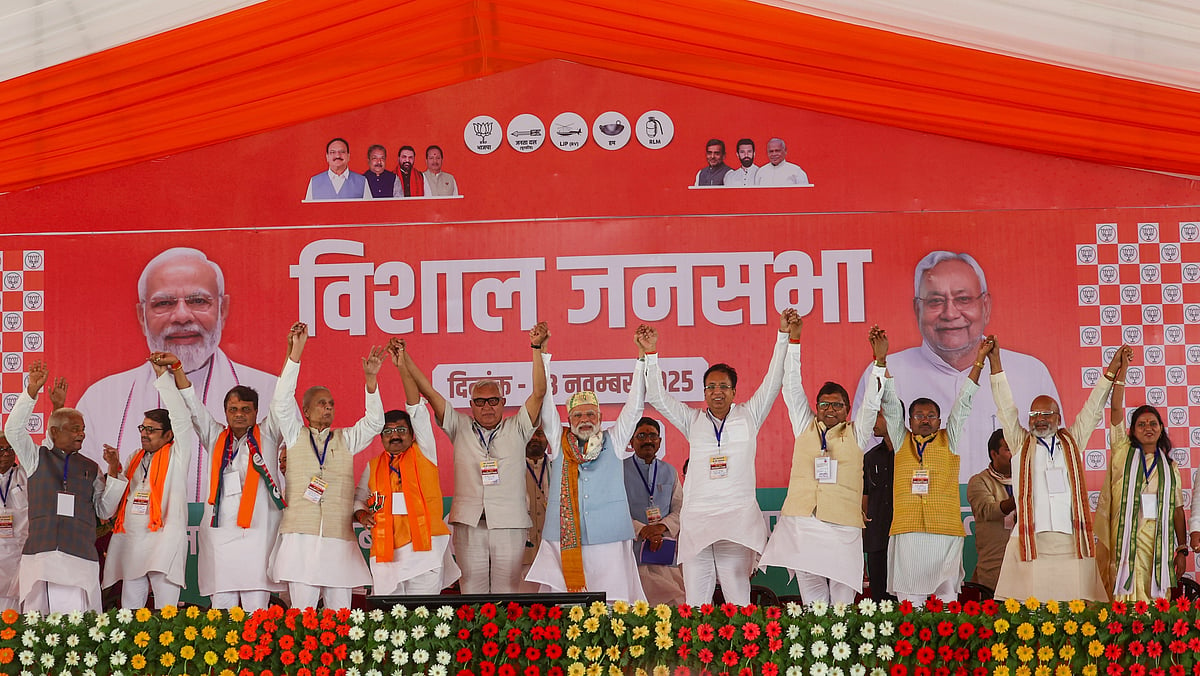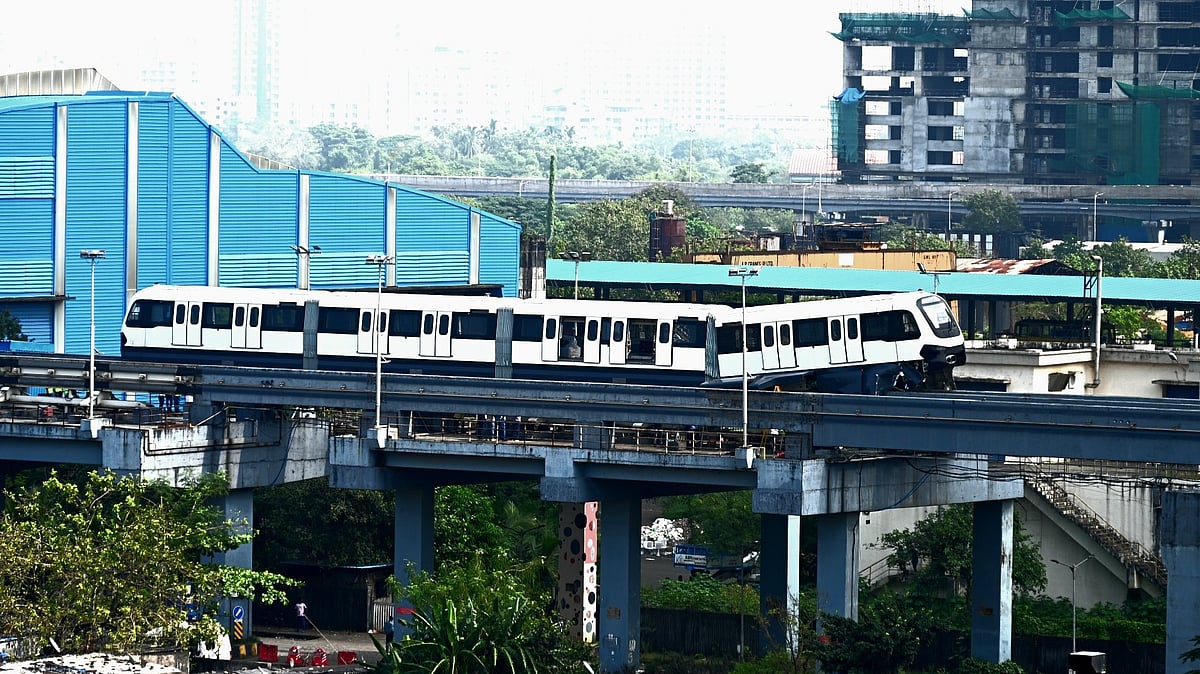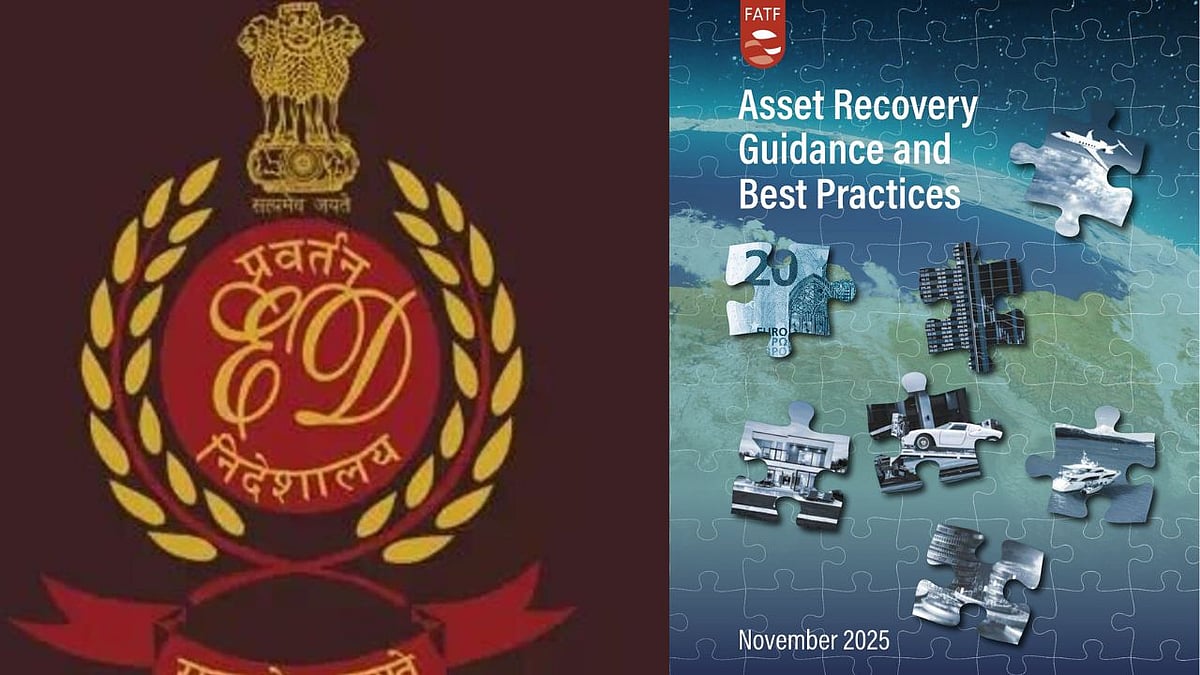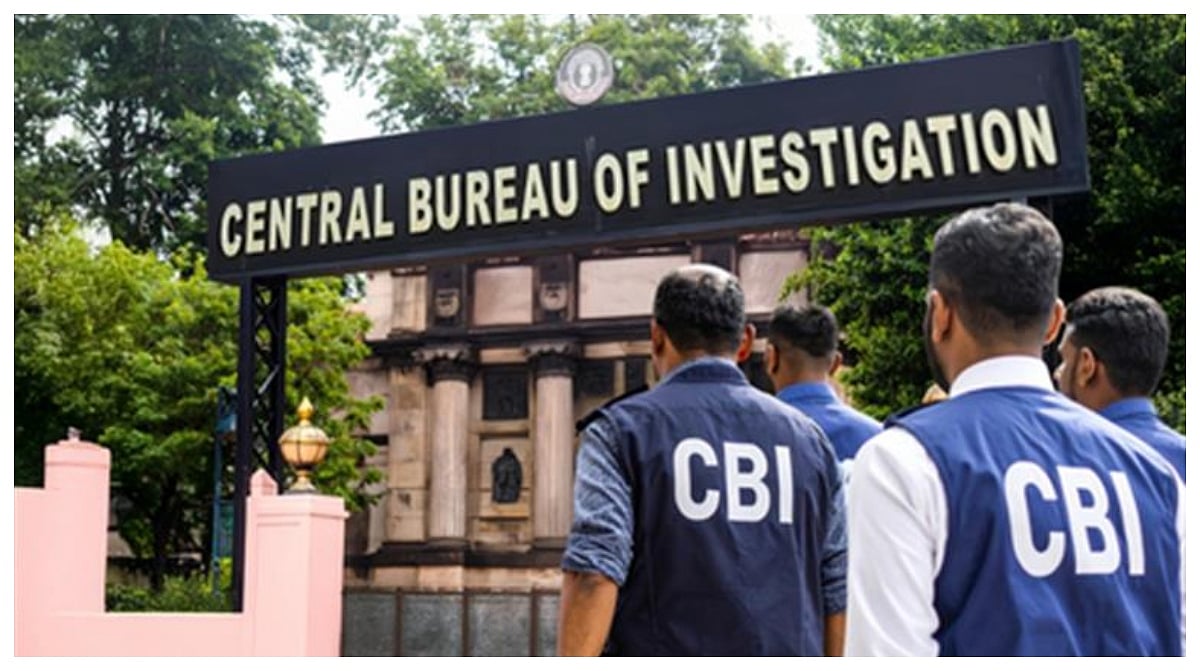Dehradun: A government-appointed expert committee has warned that unregulated mining operations in Uttarakhand’s Bageshwar district are destabilising fragile Himalayan slopes, endangering villages and farmlands, and disrupting water sources.
In a detailed report submitted to the National Green Tribunal (NGT), the committee called for urgent reforms in mining practices and stricter monitoring mechanisms.
The report, titled "Geological Assessment and Recommendations for Sustainable Mining Practices in Bageshwar District," follows widespread complaints from locals about recurring landslides, cracks in residential structures, drying up of springs, and declining agricultural productivity.
The Kanda-Kanyal valley in Bageshwar is known to house one of the country’s richest soapstone reserves, widely used in the paper, paint, cosmetic, and construction industries.
Experts observed parallels between the current situation and the 2023 crisis in Jyotirmath (Joshimath), where land subsidence had caused significant structural and agricultural damage.

Responding to local allegations of illegal and environmentally unsafe mining, the NGT had ordered a thorough investigation. The expert team included representatives from the Geological Survey of India, the Uttarakhand Landslide Mitigation and Management Centre, the Department of Geology and Mining, and the Indian Institute of Remote Sensing. The team inspected 61 mines across Bageshwar, Kanda, and Dugnakuri tehsils and found that most mining activities involved dangerously steep vertical cuts, often made without proper benching techniques, making the terrain extremely prone to landslides and rockfalls.
The committee found clear signs of ground subsidence, visible surface cracks, and rockslides. In several cases, excavated debris had been dumped directly into natural streams, blocking drainage routes and triggering slope failures. Some mining leases were found to overlap with inhabited villages, farmland, and critical water sources, putting entire communities at risk.
The report also pointed out that Bageshwar lies in seismic zone V, one of the most earthquake-prone areas in the country. In such a high-risk zone, poorly regulated mining could dramatically escalate the threat of ground instability.
Satellite imagery used during the assessment revealed significant land deformation around multiple mining sites. However, there was no systematic record of how the terrain had changed over time, highlighting a critical gap in monitoring. The report also flagged the disruption of natural drainage systems, resulting in both groundwater depletion and contamination. Several local springs, vital for drinking water and irrigation, had either dried up or experienced a sharp decline in flow.
Reclamation efforts at abandoned mines were found to be inadequate and largely cosmetic, offering no real solutions for long-term ecological stability or slope reinforcement.
The committee made a series of recommendations aimed at improving oversight and reducing environmental impact. These include scientific monitoring of seismic activity through a local micro-earthquake detection network, the use of satellite-based SAR (Synthetic Aperture Radar) technology to track ground movement, and mandatory slope stability analyses for all operational and proposed mines. These analyses, the report said, should be reviewed by accredited research institutions.
It also recommended the creation of a geo-referenced database of mining leases to prevent overlap with sensitive areas like villages, farms, and water bodies. Aquifer mapping was suggested to assess long-term impacts on groundwater reserves.

The experts stressed the need for sustainable mining practices, including controlled blasting, engineered slope reinforcement, proper drainage planning, regulated waste disposal, and effective site reclamation. They warned that mining debris must never be dumped into water streams and called for regular field inspections to ensure compliance with environmental regulations.
While the panel noted that carefully monitored riverbed mining may not pose a seismic threat, it cautioned that in-situ mining in sensitive Himalayan districts like Bageshwar should only be undertaken with the utmost care and strict adherence to environmental safeguards.









